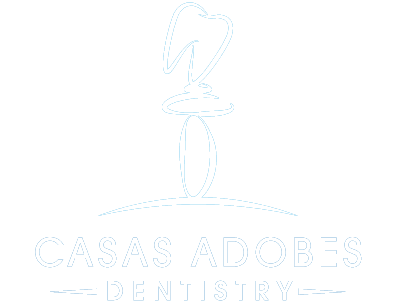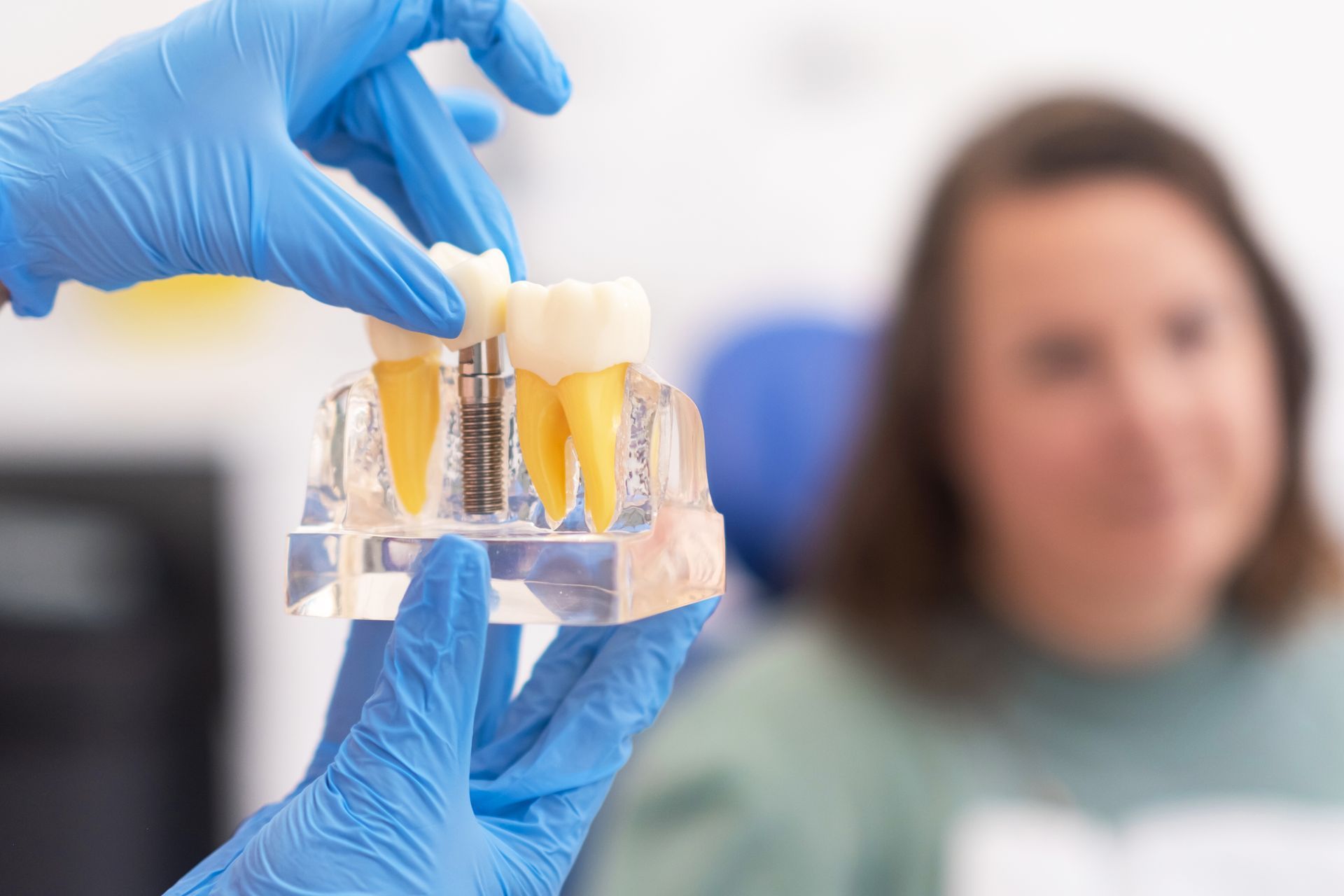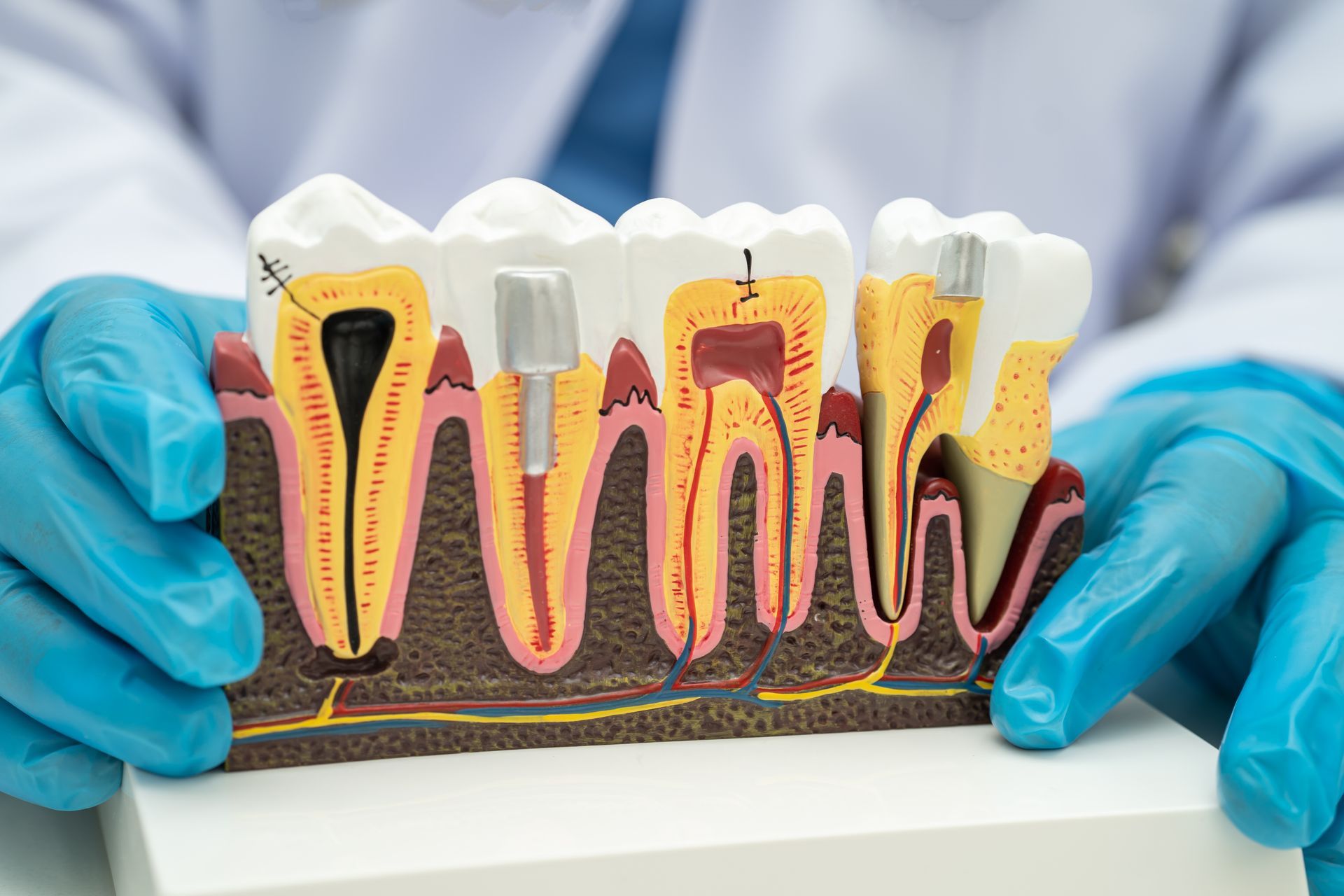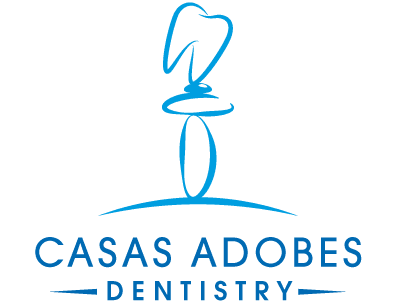Traditional vs. Implant Supported Bridge: Which Is Better?

If you have lost a row of teeth, you have the option of choosing between traditional and implant supported bridge. Improvements in dental restorations have provided more options for restoring teeth with dental implants. Both traditional and implant bridges have their advantages, but how can you tell which is the best option for your unique situation? Keep reading to find out.
The need to replace missing teeth
Having missing teeth is detrimental to one’s oral health. Aside from making the smile look less appealing, it also affects one’s ability to bite or chew foods properly. The entire structures of the oral cavity work in alignment – the gums, teeth, jaw and jaw joints. When one structure is not performing optimally, the consequences may spread to other areas. For instance, tooth loss can cause nearby teeth to start shifting, causing dental misalignment, which contributes to oral health issues like gum recession, gum disease, bruxism and TMJ disorder. Therefore, replacing a lost tooth is critical for optimal oral health.

An overview of traditional bridges
Traditional bridges have been in use for several decades. The bridge is produced from porcelain material and consists of two dental crowns, placed over existing natural teeth and the replacement tooth or teeth in the center. The traditional bridge procedure requires shaving down the natural teeth so that they can take the crowns. Normally, traditional bridges are only suitable for replacing one to three teeth. The bridge gets weaker if it is longer. If more than three teeth are missing in a row, the dentist will help the patient review alternative restoration options.
An overview of implant-supported bridges
The design of the implant supported bridge is almost like the traditional bridge. The major difference is that the implant bridge is held in place by dental implants and not the natural teeth. This has its perks: the dental implant restoration replaces both the missing teeth and the roots. Since implants stimulate the jawbone like natural teeth, they can help prevent bone atrophy. Additionally, implant-supported bridges do not affect natural tooth structure – no need to drill or shave down adjacent teeth to place the bridge.
Important considerations
While dental implant bridges have more advantages over the traditional bridges, there are certain factors to consider – cost and healing duration. Dental implants typically cost more than regular tooth restorations. However, they can potentially survive a lifetime of use with adequate care. In contrast, traditional bridges have a lifespan of five to 15 years.
Getting dental implant bridges can take several months due to the healing process. This is to give the jawbone enough time to fuse with the implants. Patients will usually get a temporary bridge during that period so that there is no gap in their dentition. Although implant bridges take longer, the wait is usually worth it in the end.
In summary
If you are deliberating between a traditional dental bridge and the implant supported bridge, book an appointment with the dentist. During the appointment, the dentist can help you decide the option to give the optimal results you want.
Request an appointment here: https://www.casasadobesdentistry.com or call Casas Adobes Dentistry at (520) 365-0559 for an appointment in our Tucson office.








